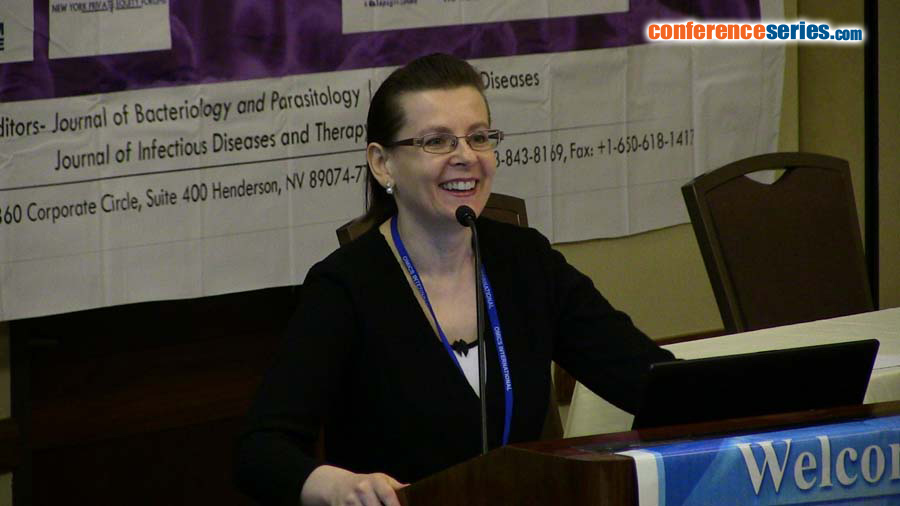
Anna Goc
Dr. Rath Research Institute BV, USA
Title: New Non-synthetic Antibacterial Agents Challenging the Active and Persistent Forms of Borrelia ssp.
Biography
Biography: Anna Goc
Abstract
Lyme borreliosis is a tick-borne bacterial infection caused by the spirochete Borrelia burgdorferi sensu lato. It has become a major public health concern for humans and animals worldwide. The primary treatment is based on the administration of antibiotics. However, relapse often occurs when such treatment is withdrawn. One of possible explanations for this clinical observation is the ability of Borrelia sp. to adapt different persistent forms. Thus, there is a continuous search for new compounds that would be effective not only against spirochetes but also these persisters. Naturally occurring agents signify a growing theme in antimicrobial defense. Often they represent a starting point for the development of novel treatment approaches and/or serve as a base for their modified alternatives as well. However, little is known about their anti-borreliaea efficacy. Thus, 50 non-synthetic agents such as plant-derived active compounds and plant extracts were tested in this study for their in vitro effectiveness against active and latent forms of Borrelia burgdorferi sensu stricto (predominant in the USA) and Borrelia garinii (predominant in Eurasia). From that screening, several new substances have been identified. These, described in this work, agents showed to have significant effects against both active and persistent forms of tested Borrelia sp. Moreover, enhanced reciprocal cooperation with major antibiotics currently prescribed for Lyme disease was observed. This study reveals their potential to combat these bacteria. The depictions here reported are part of ongoing preclinical development plan that could bring them to clinical trials in the near future as well.




